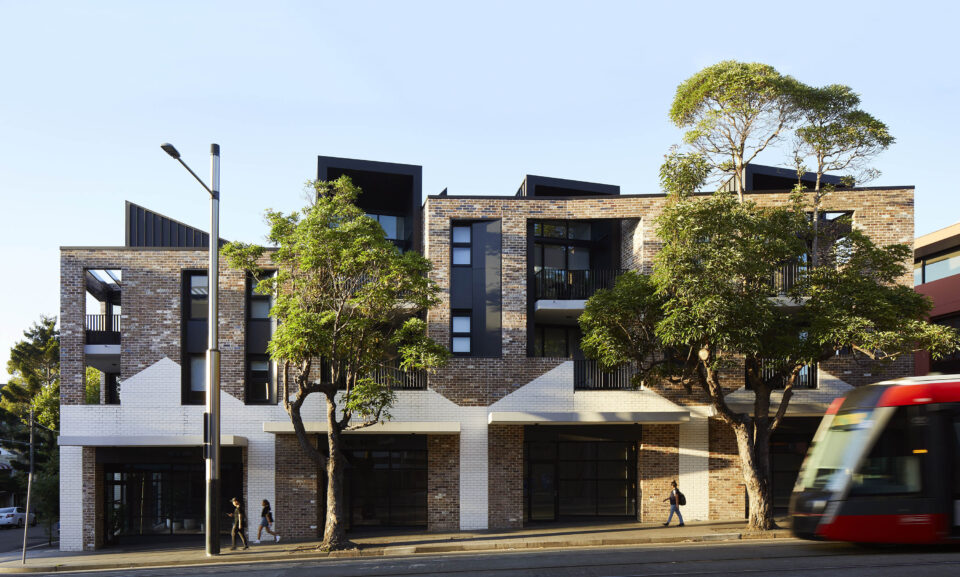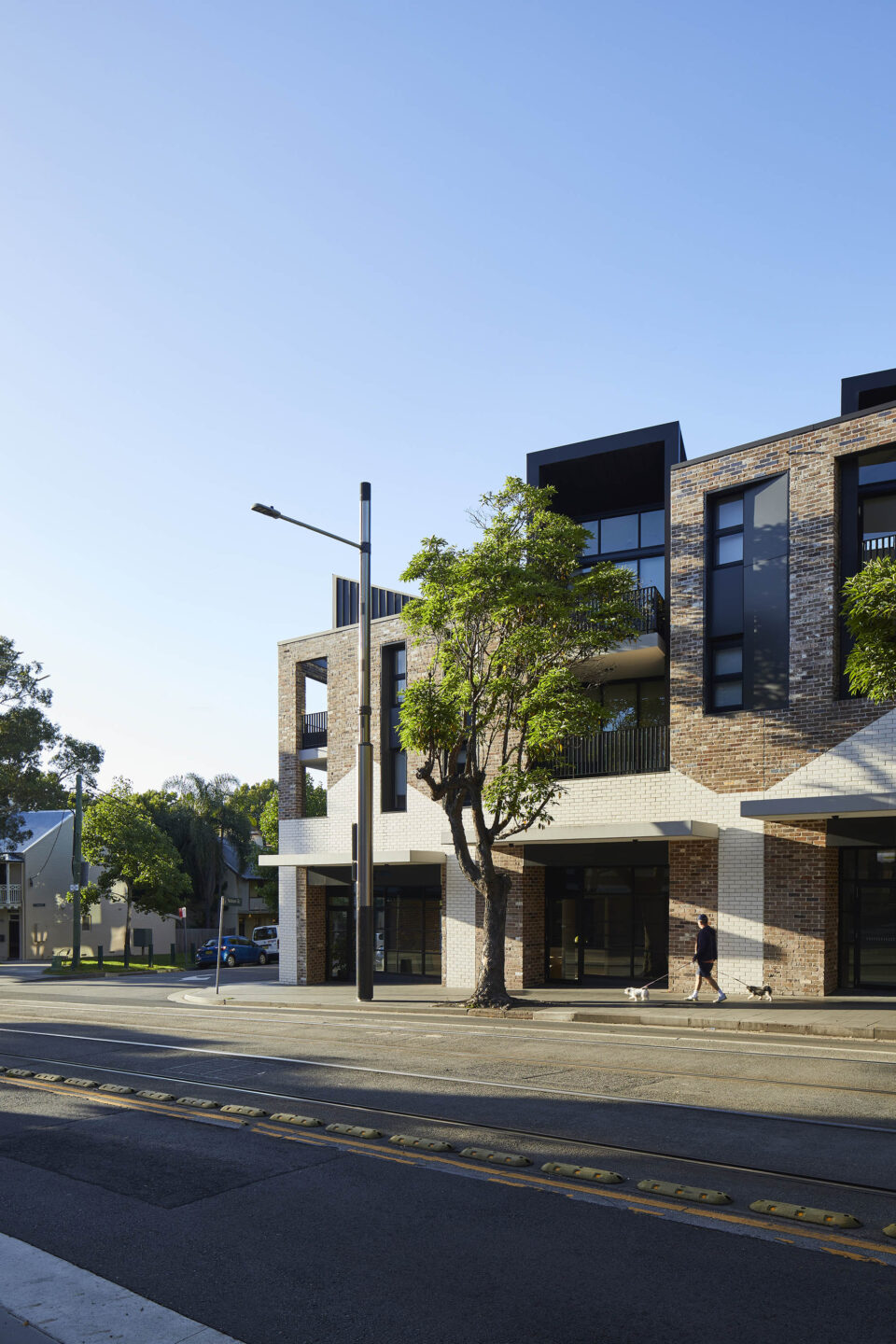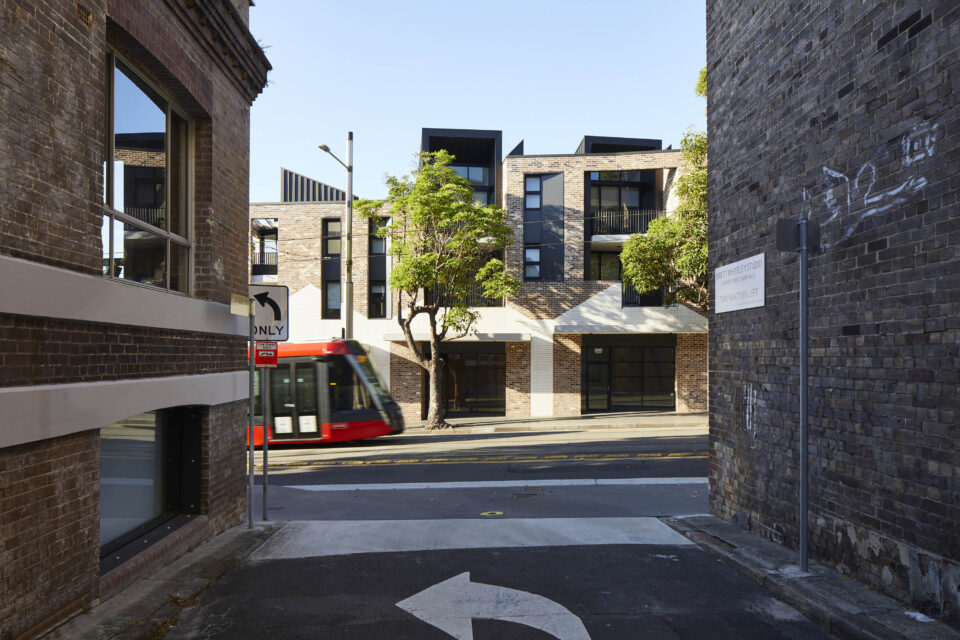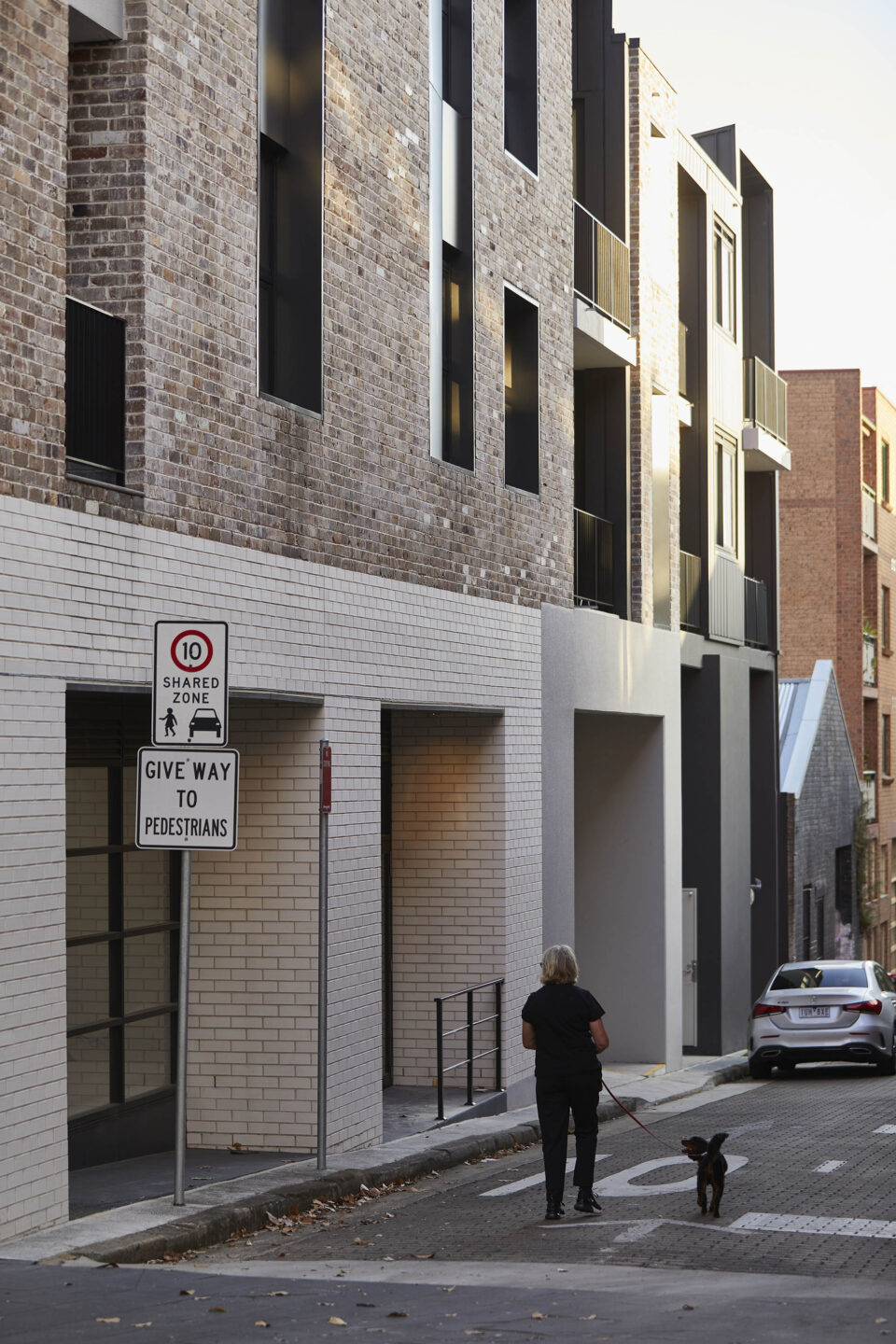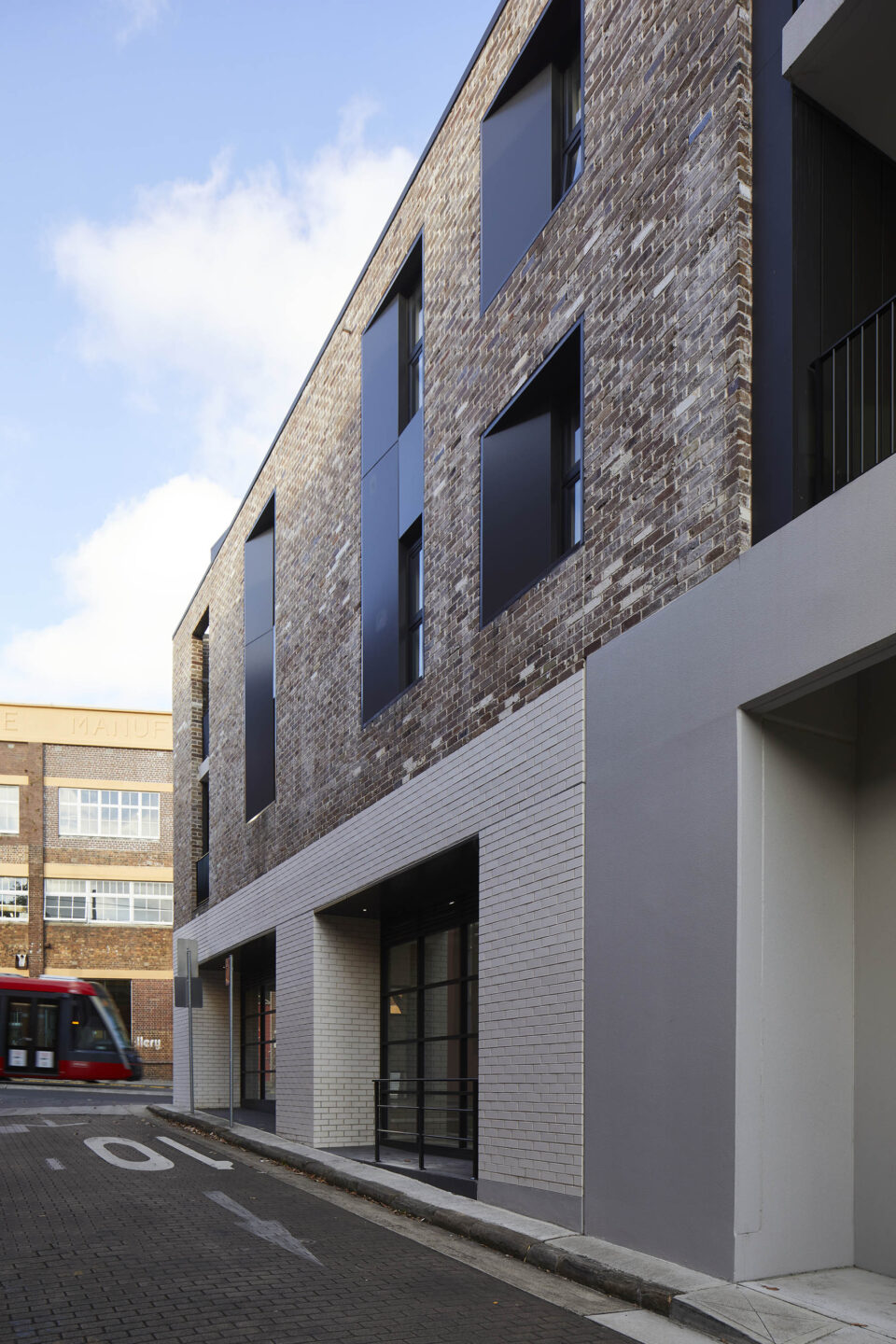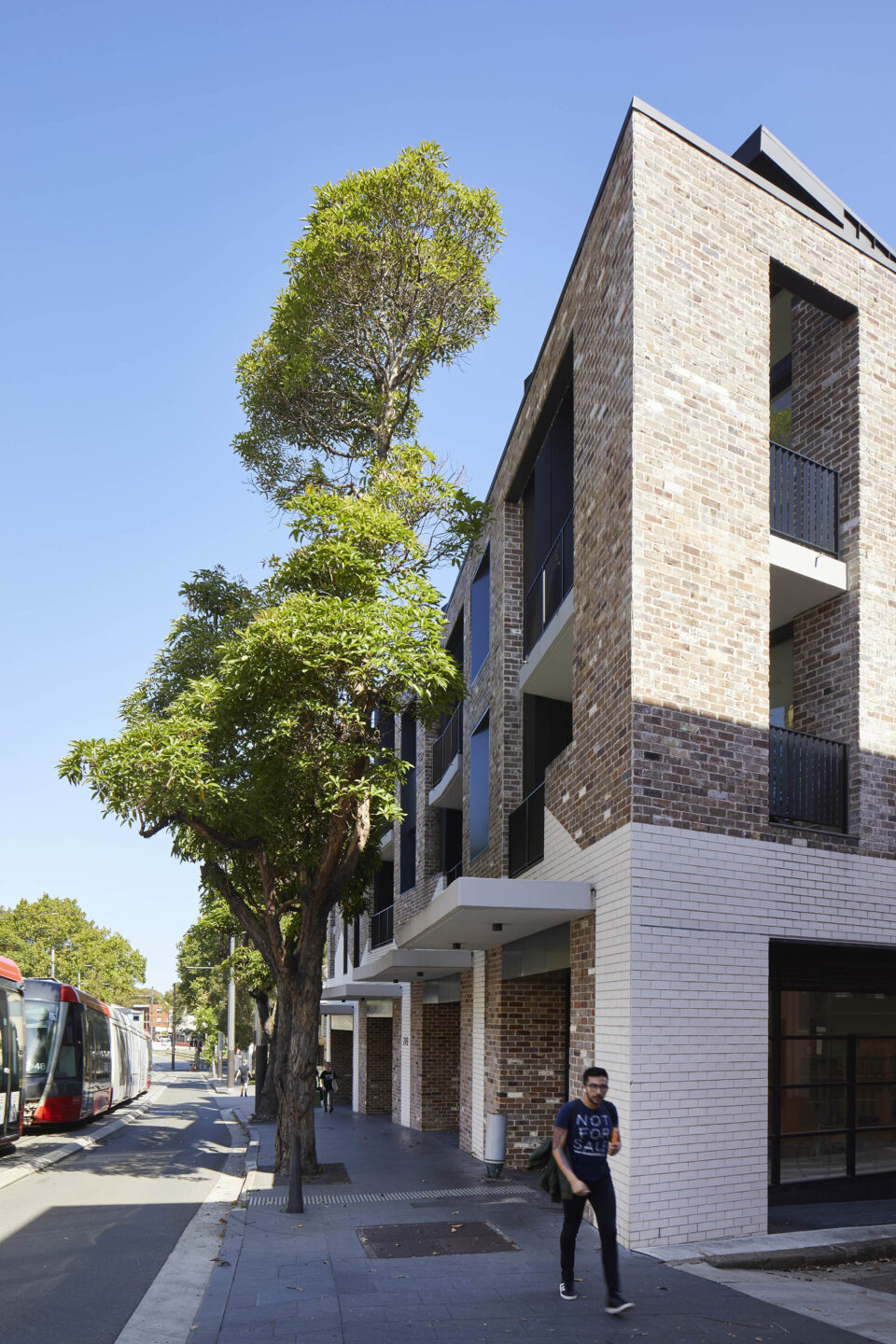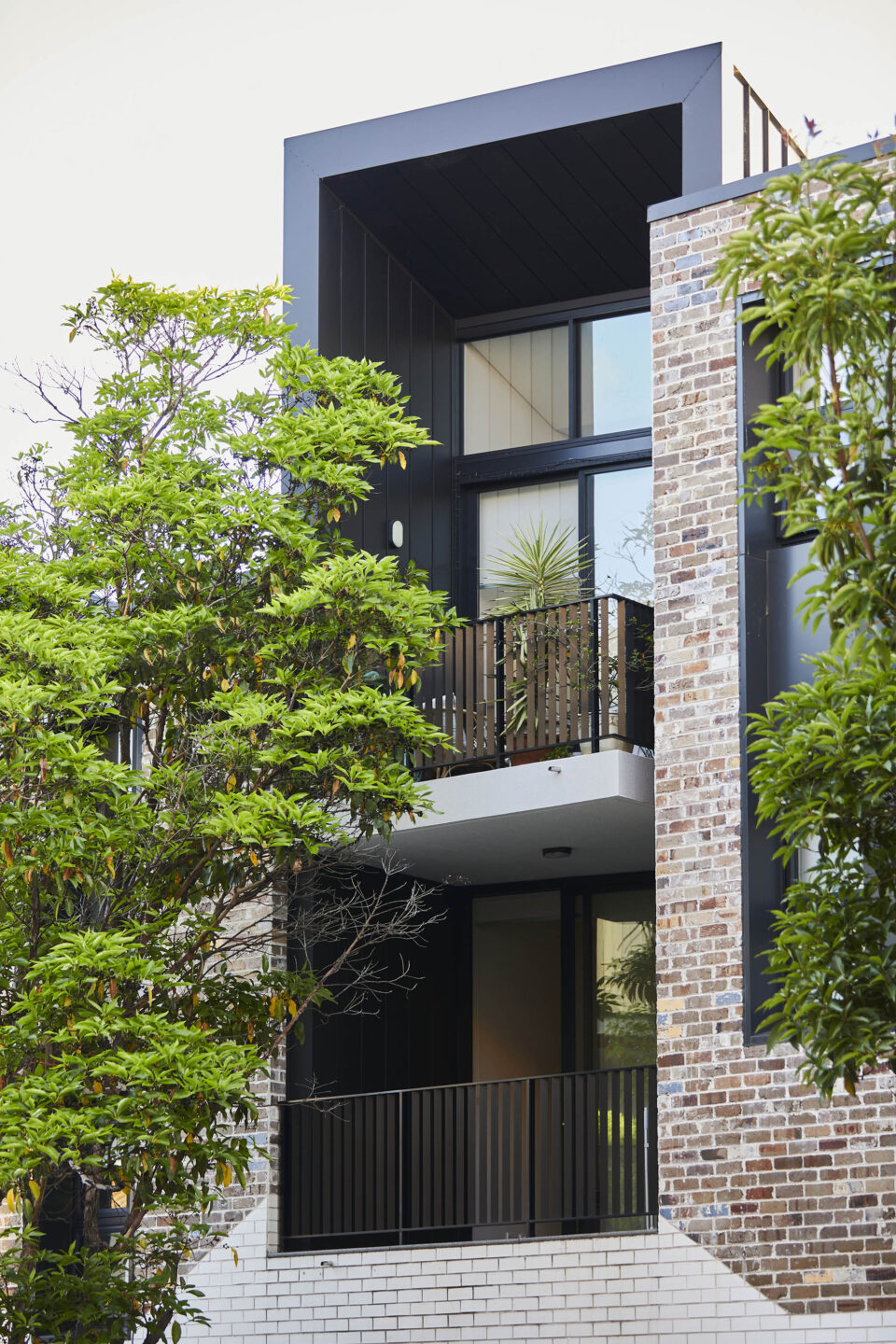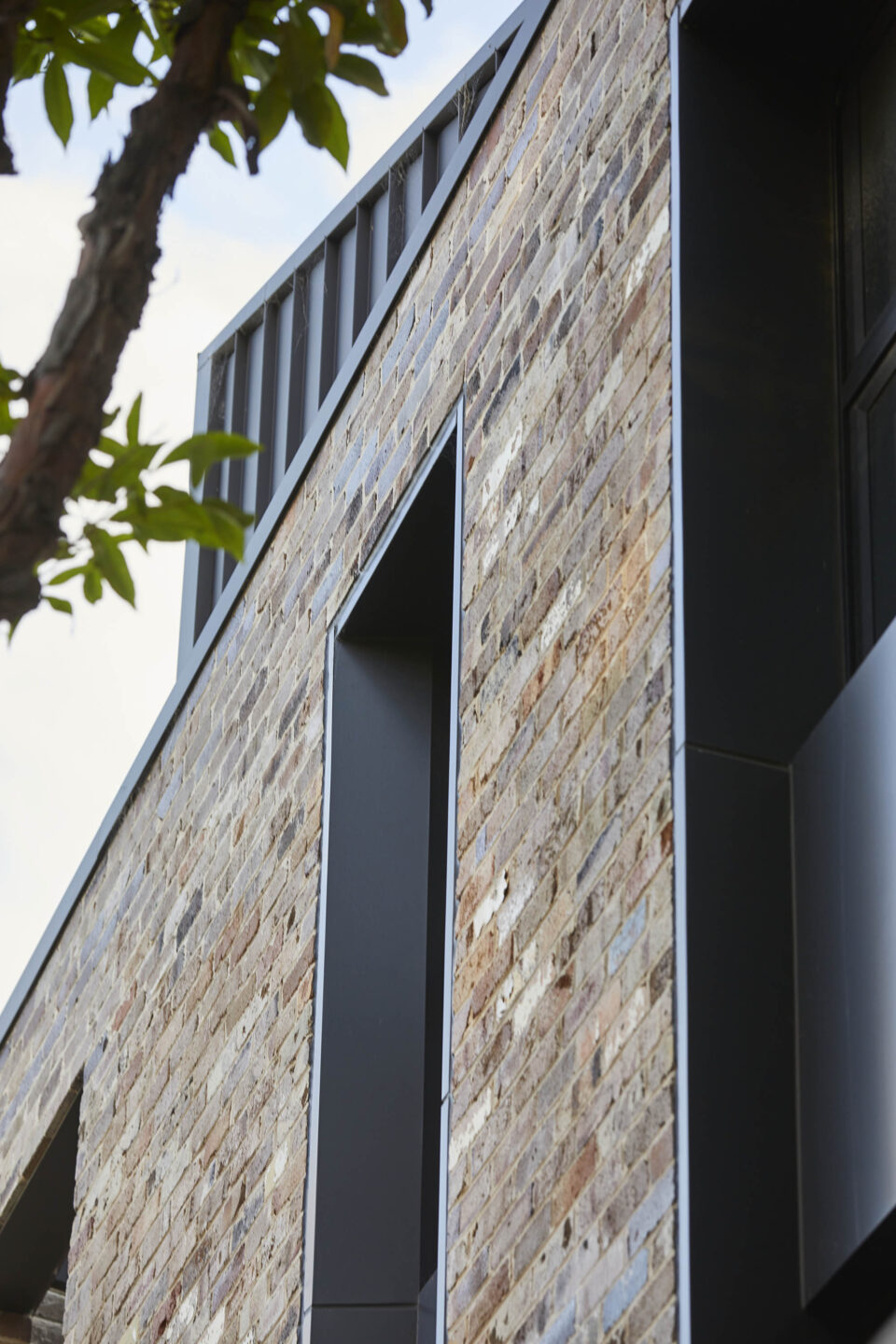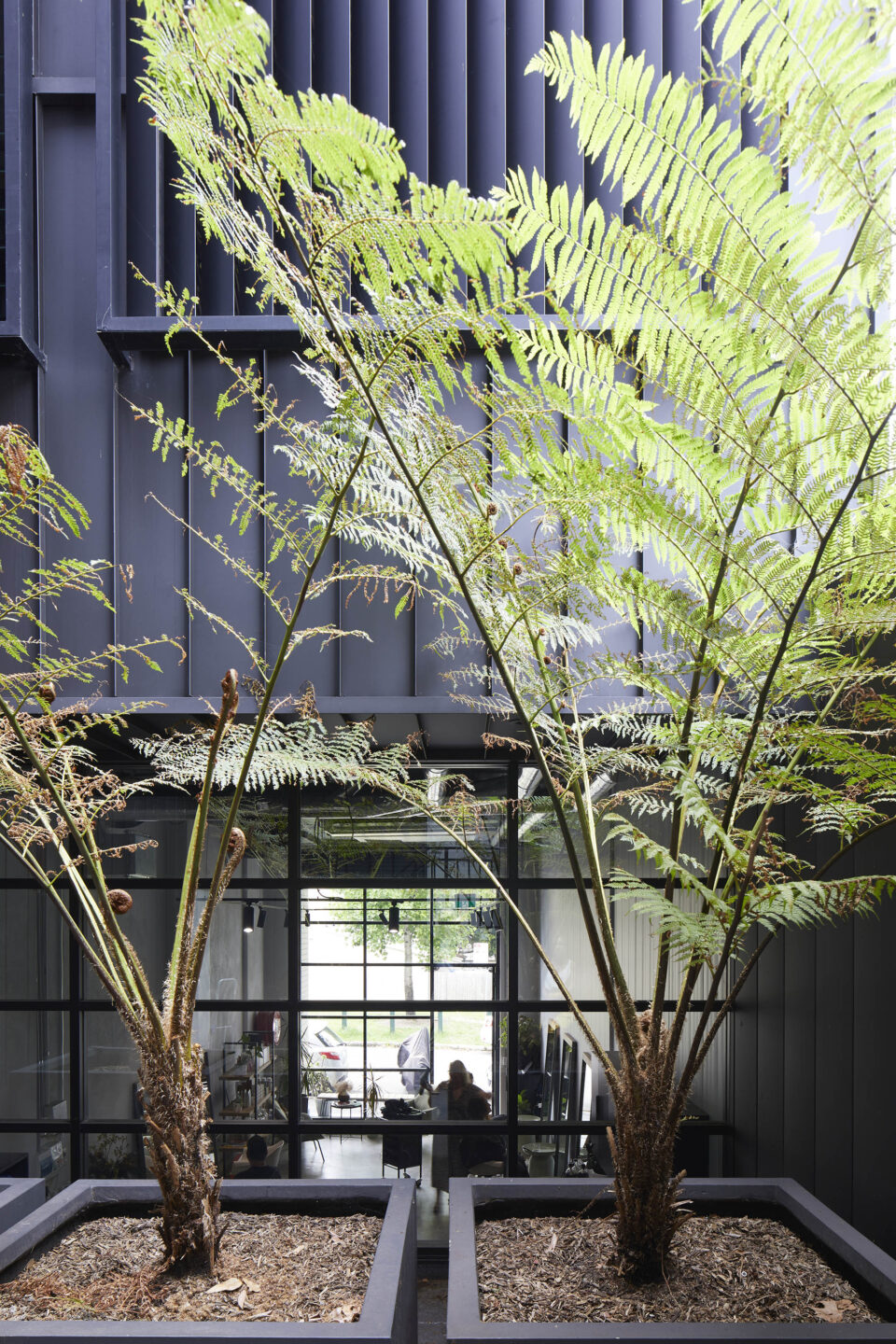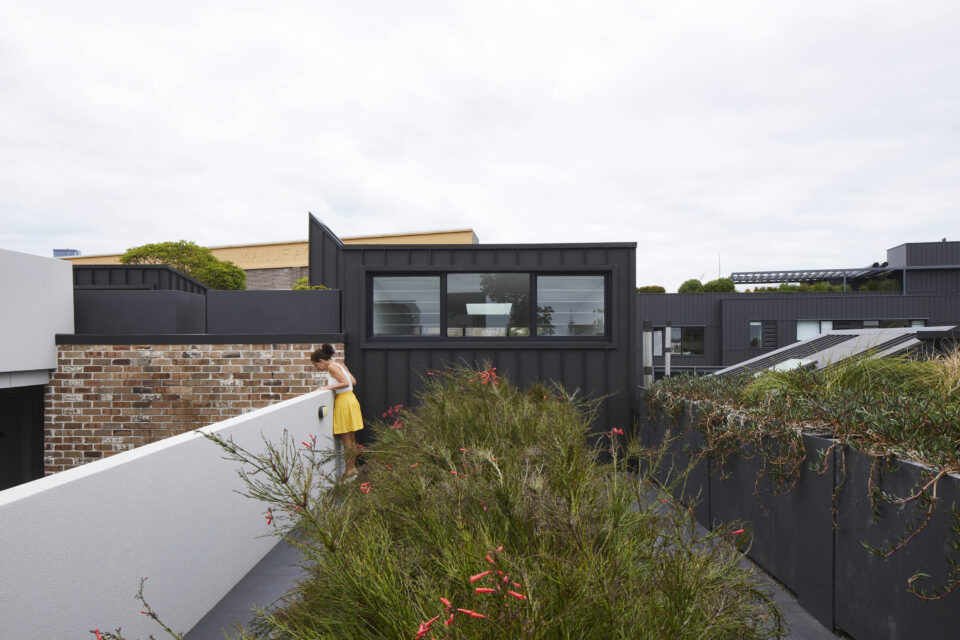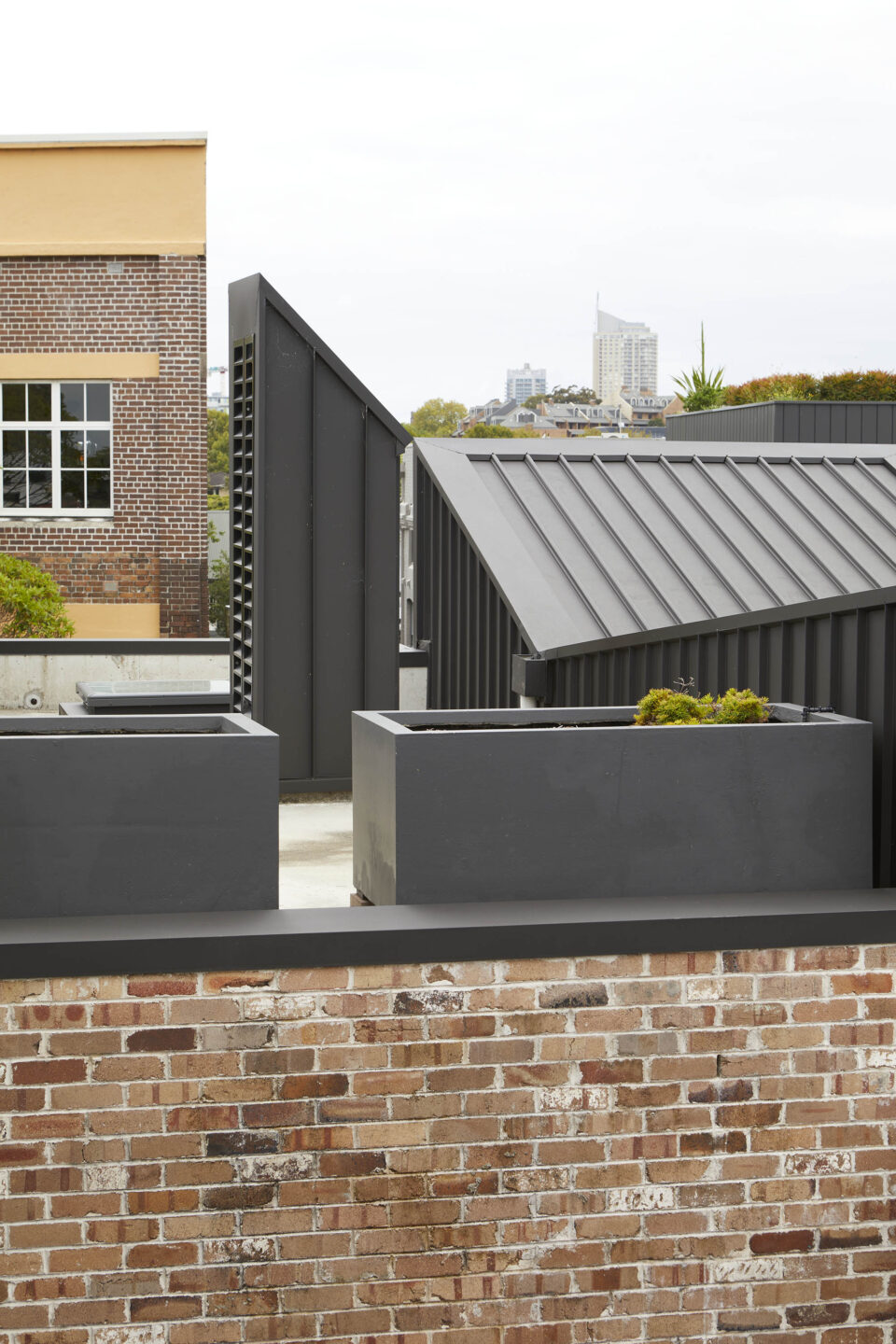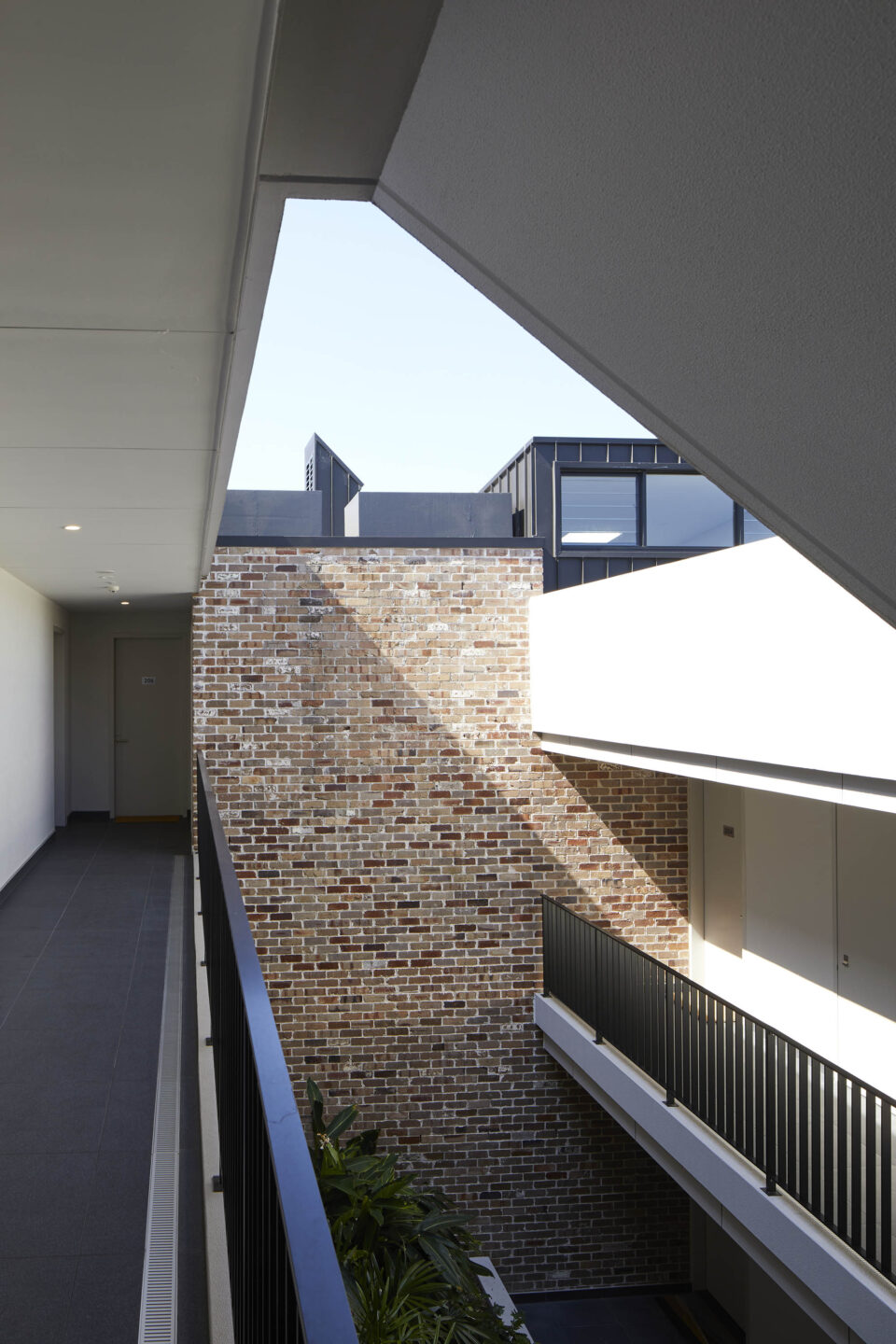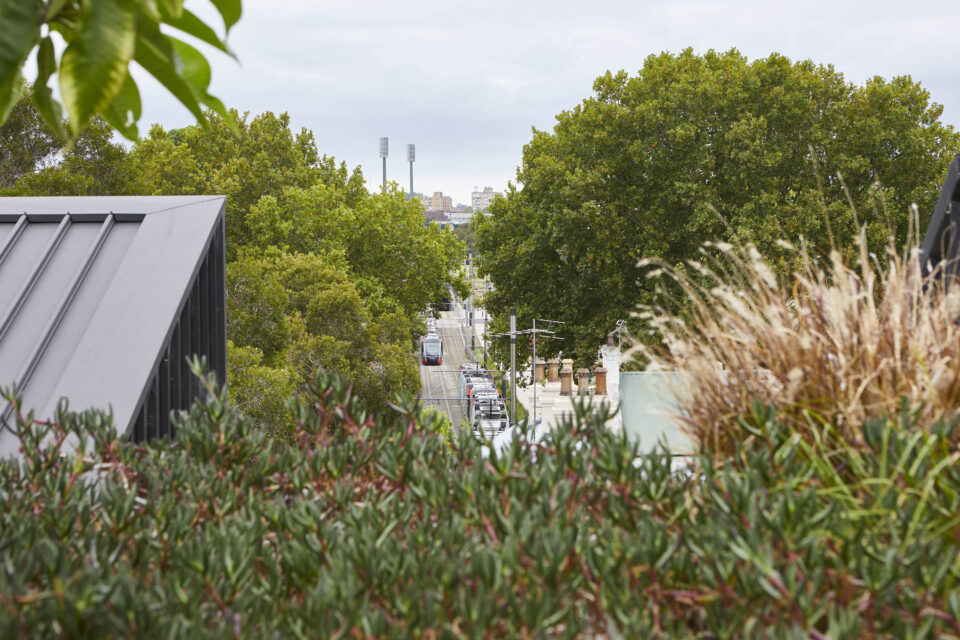Traces
The term ‘design excellence’ first emerged with Sydney Council in 2000, looking for a much higher standard of design than was previously delivered. It has gained in momentum since Graham Jahn, an architect, joined the City of Sydney in 2009, and who is now director of planning, development and transport. So, rather than ad hoc developments that pay little or no credence to the heritage fabric of the inner suburbs, architects and developers need to ensure that there’s a strong sense of place with any new proposal.
This was certainly the case with this Devonshire Street development, located on the corner of Nickson Street in Surry Hills. It was purchased in 2015 by a developer keen to ‘maximise’ the yield of the 835-square-metre plot. While this objective may have been achievable pre-2000, under Jahn’s direction for development, the outcomes must be considerably higher than simply generating profit.
For MHN Design Union, which has been delivering high-quality apartments for decades, its first scheme for the Surry Hills site was not supported by Jahn and his colleagues – including a number of consultants in a Pre-DA meeting (a predevelopment application in the form of a formal meeting) – who while seeing merit in the original design, felt that it didn’t adequately address heritage and the context of the neighbourhood. This response certainly shocked the applicant who thought that all the ‘boxes had been ticked’. But the second version, an award-winning project and which was fully developed by MHN Design Union, now responds to all the criteria to create ‘design excellence’.
Originally the site, accessed from three street frontages, was occupied by a couple of warehouses, one being the premises for Salman Brothers who were the go-to company particularly for architects through the 1980s looking for more ‘designer’ electrical fixtures and fittings. And next door was Dunlop, perhaps the place to make sure their designer cars felt rock solid on the road. While the traditional brown Sydney bricks, known as ‘liver bricks’ had been painted over, the original signage remained. The distinctive gable-ended parapets of these buildings also created a certain ‘rhythm’ in the streetscape.
So, while it wasn’t back to the drawing board for MHN Design Union after the initial pushback, the ‘palimpsest’, loosely translated to ‘visible traces of an earlier form’ set the path for a new design. Rather than simply a brick apartment building, comprising studio apartments together with one and two-bedroom apartments (varying in size from 35 square metres to 75 square metres for the two-bedroom dwellings) the design captures a sense of the past or palimpsest. Comprising both recycled bricks, glazed cream bricks, glass and steel, the facades include silhouettes of the past industrial buildings, with a subtle delineation of what was originally two warehouses thoughtfully articulated (as though the marks left with separation can still be ‘read’) – the Dunlop warehouse features black steel while the Salmon Brothers building is predominantly constructed in brick. And rather than the usual ubiquitous lift past the front entrance, here access is via a leafy open courtyard with balconies and walkways benefiting from a verdant outlook (a lift was also included). The architects also provided a communal roof garden on the top level of the three-level building as well as a commercial offering at street level to activate the streetscape.
As well as creating sculptural facades, with cantilevered steel hoods over windows and other apertures, MHN Design Union manipulated the rooftop by elevating the canopies for the apartments on the top level – increasing the natural light and making these apartments feel considerably more spacious for residents (approximately 50 per cent is leased by the Defence Department for its members).
What could have been just another inner-city apartment block is an award-winning design that creates both a dialogue with the past, and a sense of what the future can offer. There was a time when architects simply presented a scheme when the development application was lodged – later being called in to amend plans to meet council guidelines. This project, along with other current developments, exemplifies the need for rigorous planning, the inclusion of extensive detail and the respect for heritage, from the outset – once the seed of an idea to develop land is established. And while these two fairly rudimentary warehouse style buildings weren’t heritage listed and could be demolished, the memory or ‘traces’ of the past lives on at Devonshire Street.
Location Devonshire St, Surry HillsYear 2021Credits Photography Martin Mischkulnig

